Description
Invertase: The Sweet Enzyme Behind Liquid Centers and Honey’s Magic
Invertase, also known as beta-fructofuranosidase, is a fascinating enzyme that plays a crucial role in the food industry, beekeeping, and even certain biological processes. It acts as a biological catalyst, accelerating the breakdown of sucrose, also known as table sugar, into its simpler components: glucose and fructose. This simple yet elegant reaction unlocks a world of possibilities, from creating smooth liquid centers in candies to understanding the natural sweetness of honey.
The Science Behind the Sweetness: How Invertase Works
Sucrose, a disaccharide, is composed of one glucose molecule and one fructose molecule linked together. Invertase acts as a hydrolytic enzyme, meaning it utilizes water to break this bond. Specifically, it cleaves the glycosidic bond connecting the glucose and fructose units. The resulting mixture of glucose and fructose is known as “invert sugar.”
So why is this important? Invert sugar possesses properties that make it desirable in various applications. For example:
- Increased Sweetness: Fructose is significantly sweeter than glucose, and the mixture of glucose and fructose in invert sugar is perceived as sweeter than the original sucrose.
- Prevents Crystallization: Unlike sucrose, which is prone to forming large, gritty crystals, invert sugar remains smooth and prevents crystallization, making it ideal for applications where a smooth texture is desired.
- Moisture Retention: Invert sugar is hygroscopic, meaning it attracts and holds moisture, contributing to a softer and more pliable texture in baked goods.
Invertase in the Food Industry: From Liquid Centers to Soft Cookies
The unique properties of invert sugar have made invertase a valuable tool in the food industry:
- Liquid Centers in Chocolates: Invertase is frequently used to create the luscious liquid centers in chocolate candies like cordial cherries or fondant-filled chocolates. The process involves adding a small amount of invertase to a solid fondant mixture. Over time, the invertase breaks down the sucrose, generating invert sugar and liquefying the center.
- Confectionery Applications: Invertase helps maintain the smoothness and prevent crystallization in caramels, fudge, and other confectioneries, ensuring a pleasant texture.
- Baked Goods: Adding invertase to cookie dough or other baked goods helps retain moisture, resulting in softer and chewier textures. It also contributes to a more even browning during baking.
- Preserves and Jams: Invert sugar prevents crystallization and enhances the sweetness of preserves, jams, and jellies, improving their shelf life and overall appeal.
Bees and Honey: Nature’s Invertase Experts
Bees utilize invertase in a fascinating natural process to create honey. They collect nectar, which is primarily composed of sucrose. During their journey back to the hive, bees secrete invertase into the nectar. This enzyme breaks down the sucrose into glucose and fructose, transforming the nectar into a more stable and easily digestible form. This inverted sugar is then stored in honeycombs, where further evaporation and processing occur, eventually resulting in the delicious and naturally sweet honey we enjoy.
Sources and Production of Invertase
Invertase can be sourced from various organisms, including:
- Yeast: Yeast strains, especially Saccharomyces cerevisiae (baker’s yeast), are a common and cost-effective source of commercial invertase.
- Bees: As discussed, bees naturally produce invertase.
- Bacteria and Fungi: Certain bacteria and fungi also produce invertase.
Commercial invertase is typically produced through fermentation processes, where the enzyme-producing organism is grown in a controlled environment. The enzyme is then extracted, purified, and formulated for various applications.
Beyond Food: Other Applications of Invertase
While its primary use is in the food industry, invertase also finds applications in:
- Ethanol Production: In certain ethanol production processes, invertase can be used to break down sucrose into fermentable sugars.
- Pharmaceuticals: Invertase is sometimes used in pharmaceutical formulations as a stabilizer or to improve the solubility of certain drugs.
In Conclusion: A Versatile Enzyme with Enduring Sweetness
Invertase is a remarkable enzyme with a significant impact on our food and beyond. Its ability to hydrolyze sucrose into glucose and fructose unlocks a range of desirable properties, making it a valuable tool for food manufacturers, bakers, and beekeepers alike. From the smooth liquid centers of chocolates to the natural sweetness of honey, invertase continues to sweeten our lives in diverse and delicious ways.

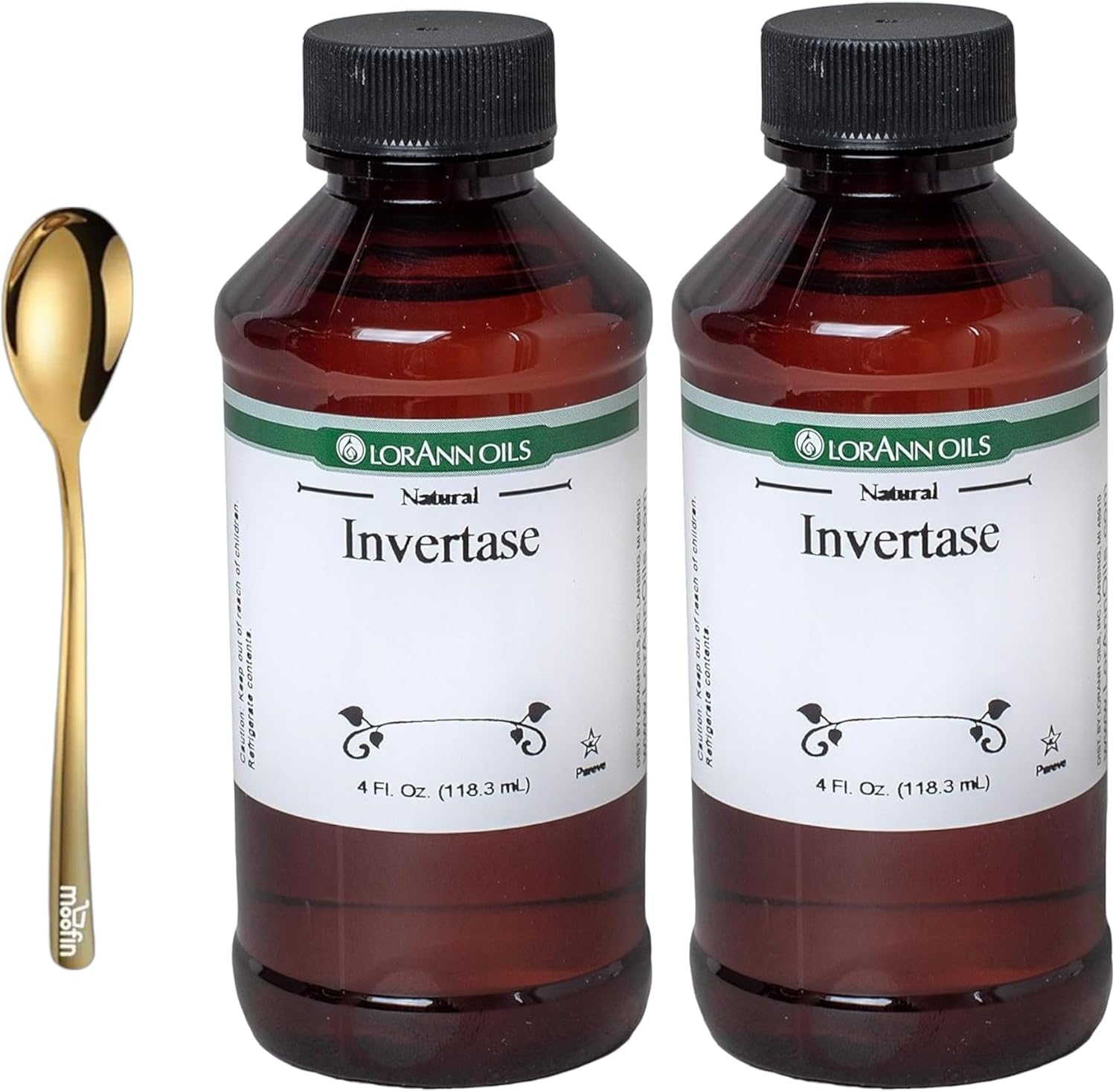
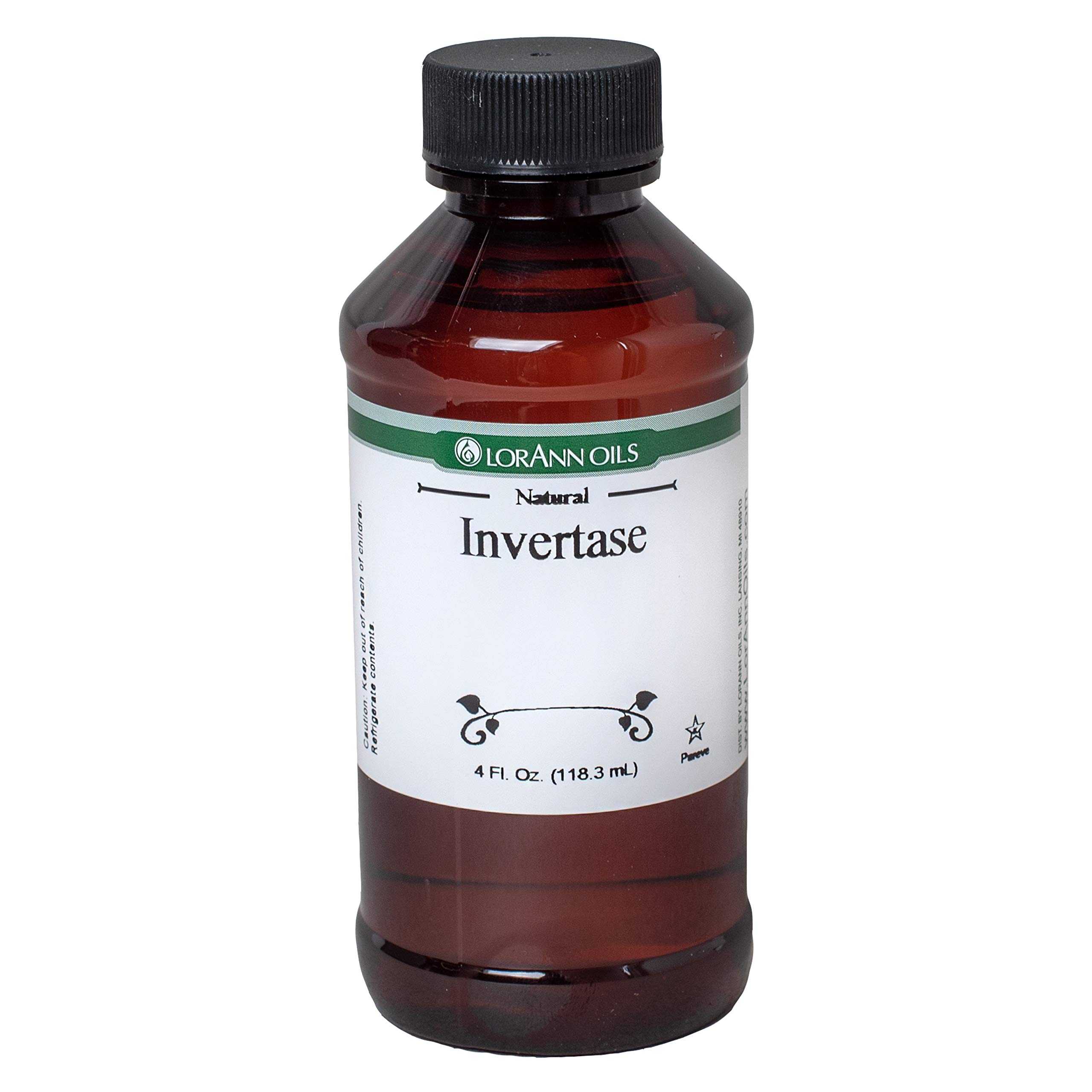
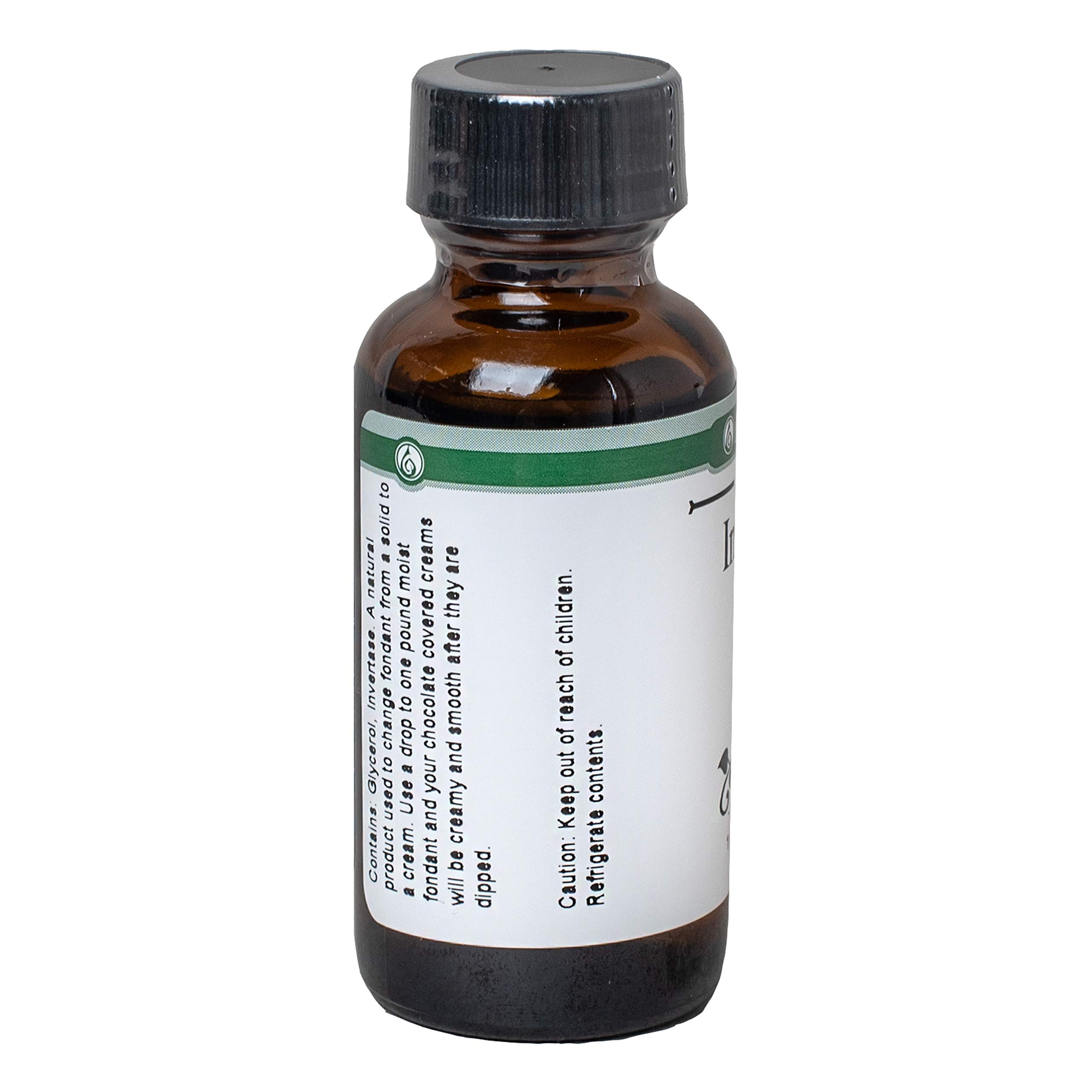
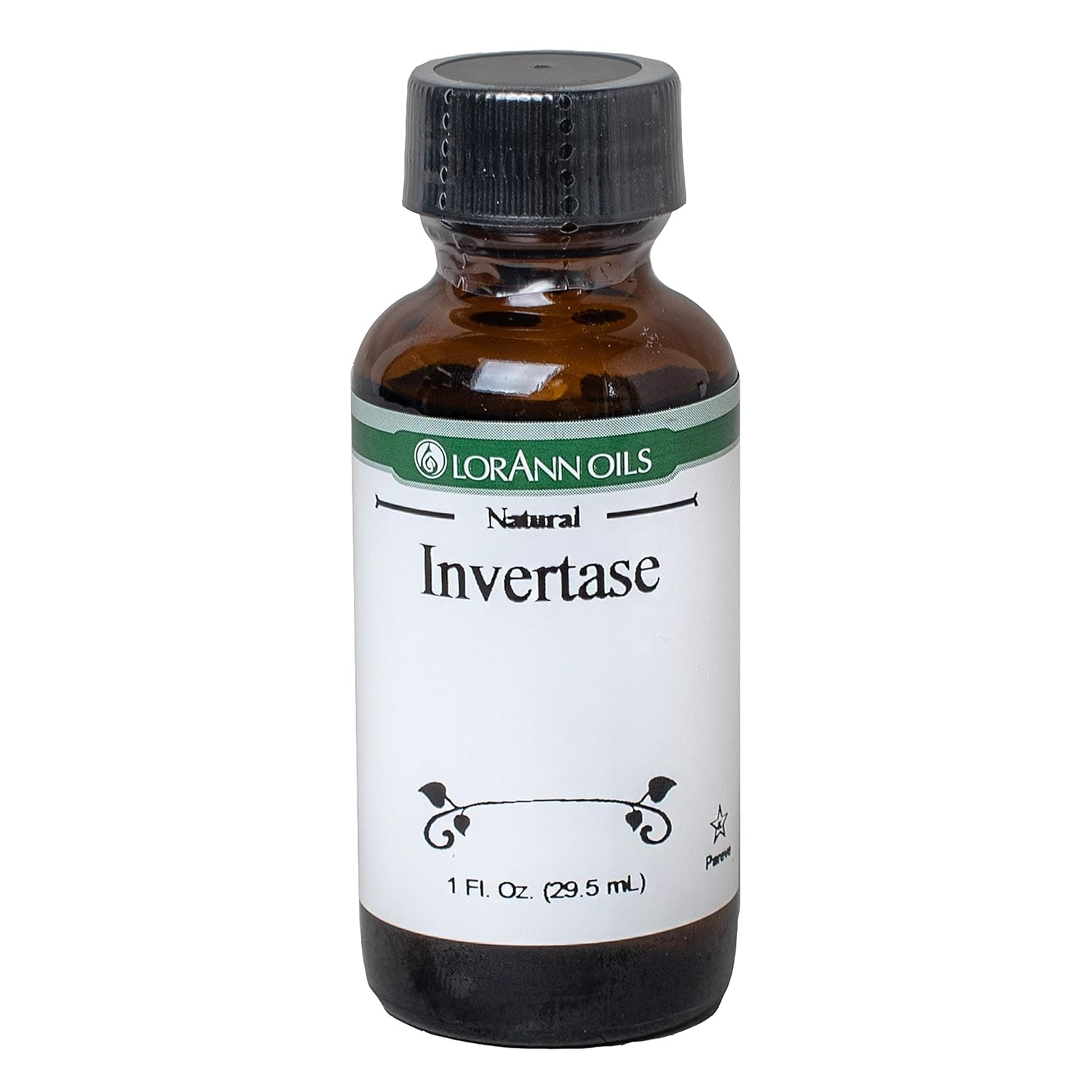
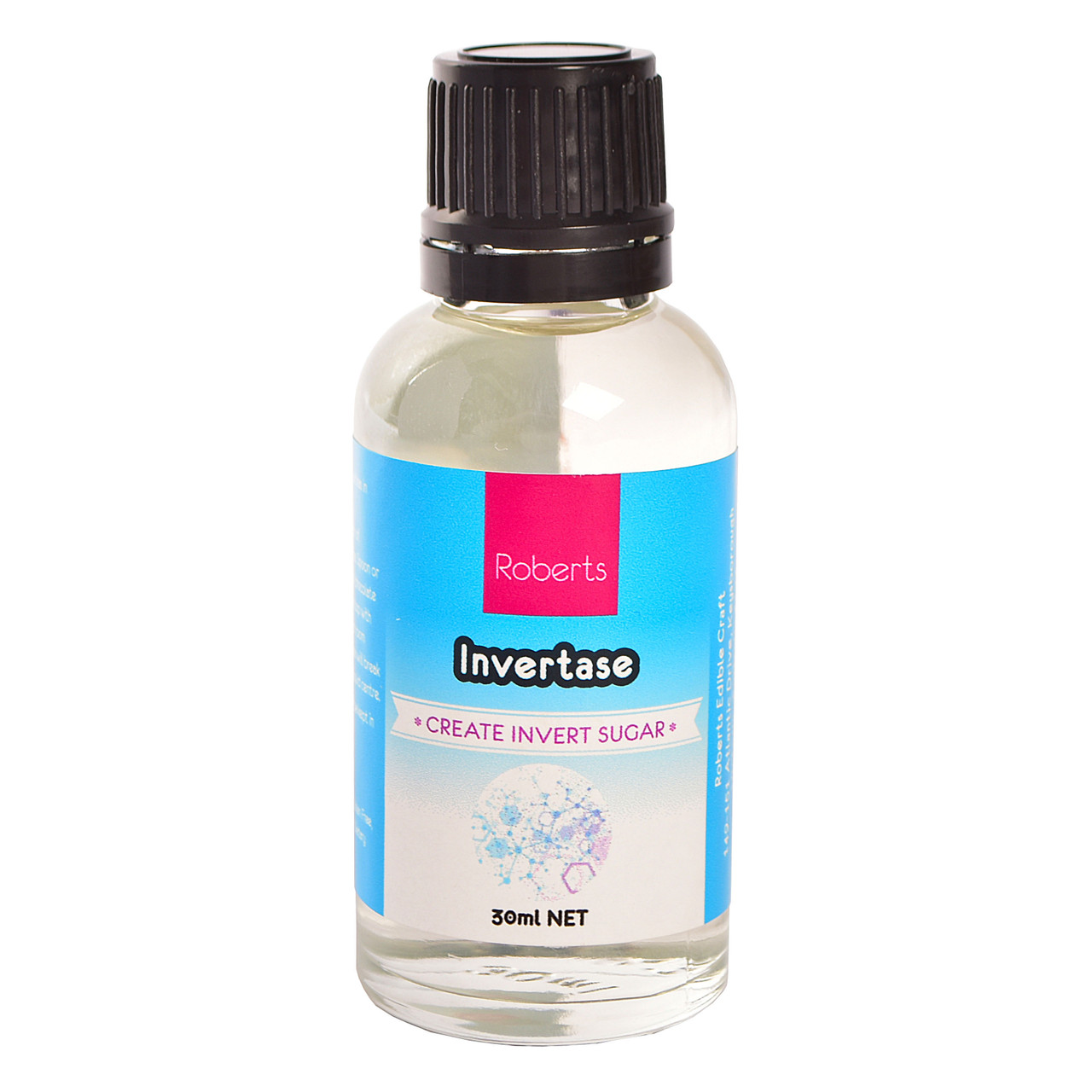
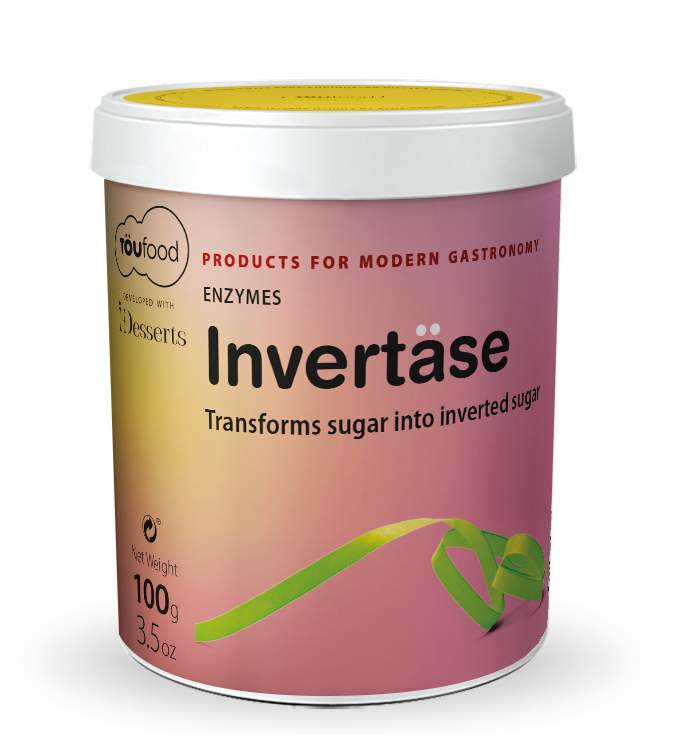
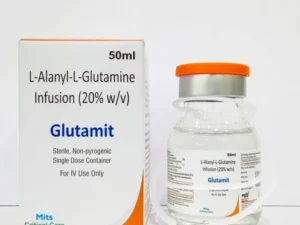

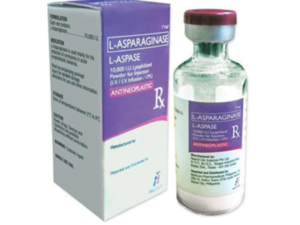
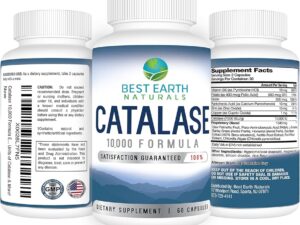
Reviews
There are no reviews yet.